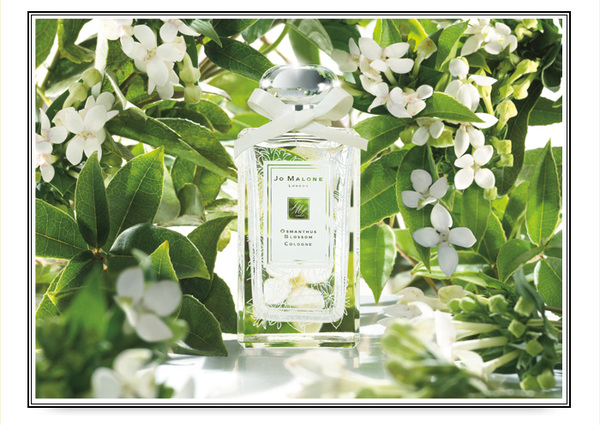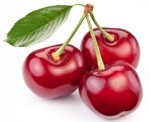Jo Malone Osmanthus Blossom (2013): Reawakening the Naturals vs. Synthetics Debate, with a Twist {Perfume Review}
Osmanthus Blossom is the new, annual floral fragrance by Jo Malone, a limited-edition for spring-summer. It was composed by Marie Salamagne of Firmenich. This is one of those times when the perfumer had to comply with the machine: do not expect this fragrance to bear much of the nose's personal imprint. One thing it does is call your attention to our growing intolerance towards unnatural fragrances. Yes, the debate of synthetics vs. naturals is reopened by this kind of fragrance appearing in the midst of a new green wave of perfumes encouraged by our evolving sensibilities and the state-of-the-art technology of nature-sourced ingredients...
It seems that Osmanthus Blossom has a toiletry tropism; you need to spray quite a good quantity of it to let the more natural eau de Cologne accord with petigrain unfold for a time. But with its hard white musks, it would appeal to people who like their scents to remind them of heavily-scented laundry, post wash. There is an osmanthus accord but it is based quite heavily on an aromatic molecule destined to construct white floral bouquets in a generic manner; the natural material itself is very costly.
We're afraid that this limited edition is quite penny-pinching and it shows. In fact it is very difficult to find anything positive to say about this curiously subpar fragrance, especially coming from Jo Malone. Your skin, if you pay attention, will smell of a standard impression of clean and transparent floral meant to suggest osmanthus tea, one drunk too close to the laundromat to leave its flavor untainted. The leather accord is wan and more cream than rawhide.
Yesterday, we reviewed Sahara Noir by Tom Ford which made use of naturals in a concerted manner. It posed an altogether different problem which is that when you have access to high quality natural ingredients, you tend to self-efface before them to let their natural beauty unleash to the full. This is forgetting, for a time, that it is essential to keep creative juices flowing.
The battle between naturals and synthetics might not be altogether dead after all as the nose when smelling higher quality materials bursting with vitality has trouble adjusting to wispy impressions of nature and feel content. This is not to say that you will need to reject synthetics, but we might be moving towards new standards of apportioned naturalness vs. artificiality. The naturals are even better than in the past. The synthetics too. Yet as we are on a course to smelling more and more natural perfumes, this development might inflect our perceptions towards greater exigency when talking about accords bearing central natural references like this one, Osmanthus Blossom. You want to ask yourself: where is the osmanthus? Since it was not rescued by inventive enough schemes, you are still looking for it, with no mind-teasers to delight you and make you feel like you have been invited to a full repast ornamented with fine conversation. Had we found the perfume in the toiletry alley priced accordingly, than why not. There is here however an all too glaring discrepancy between the quality of the fragrance and the price tag.










